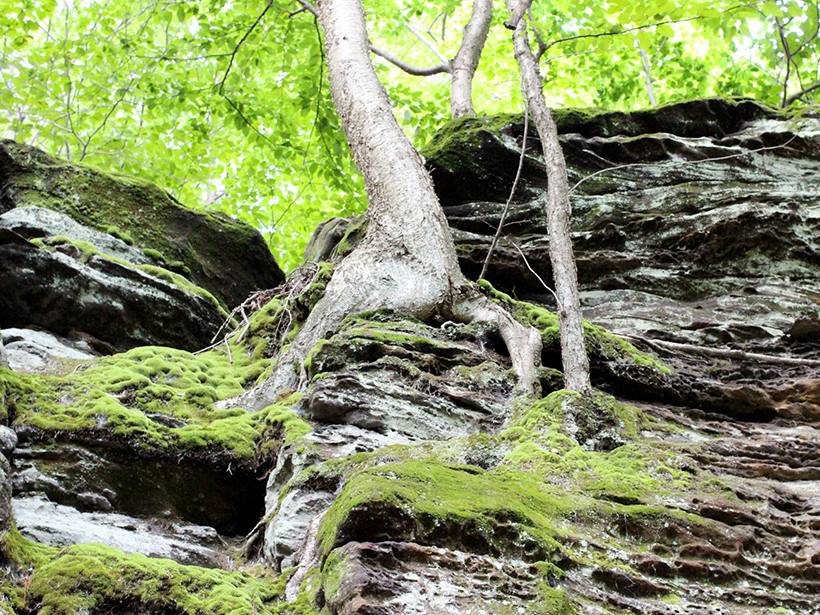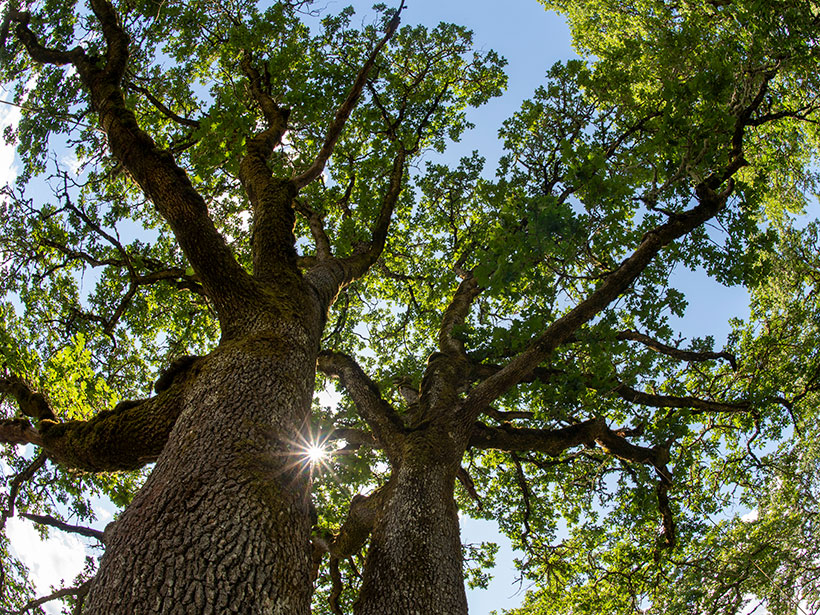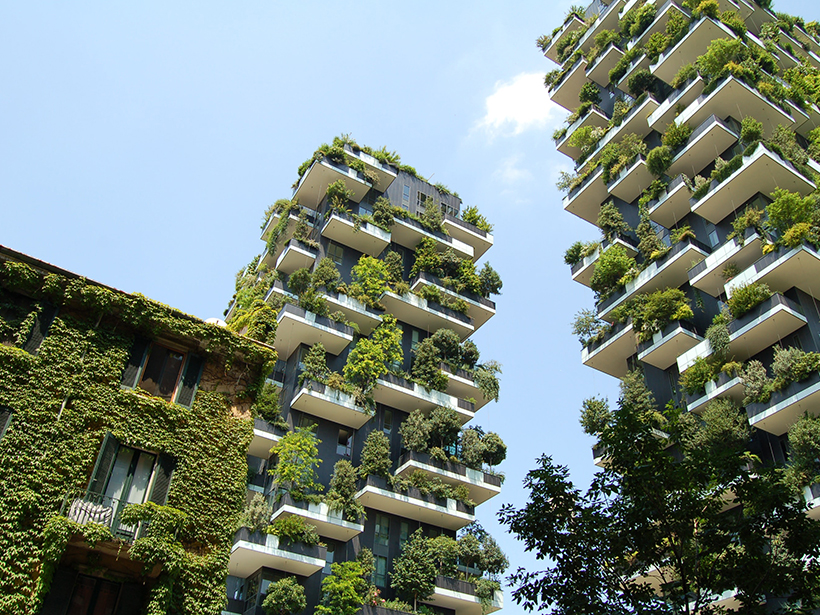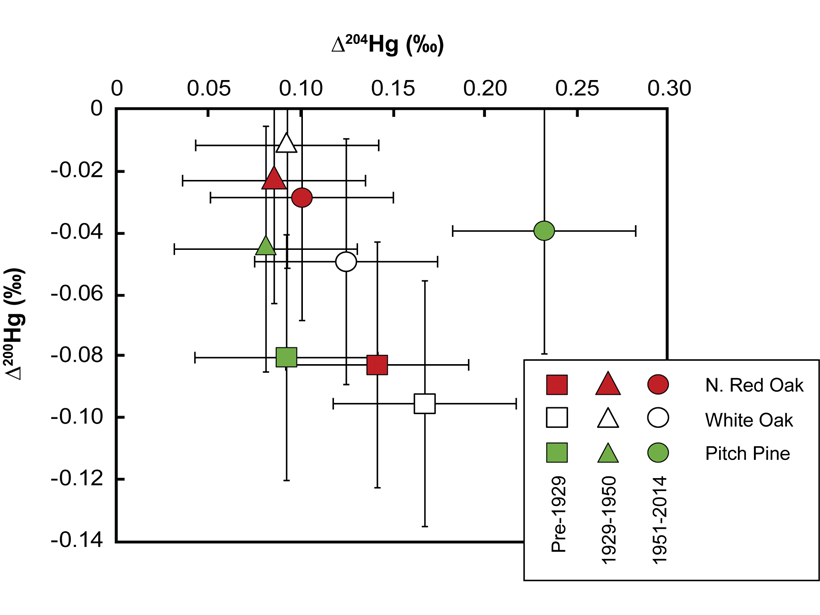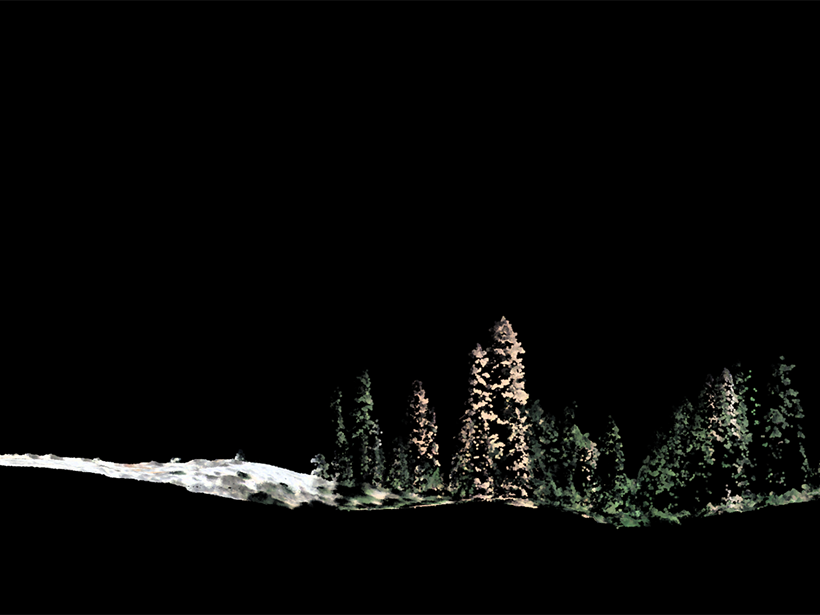Deep tree roots bring respiring microbes into broken bedrock, generating carbon that’s released into the environment. New research explores this oft-overlooked carbon source.
trees
Cómo convertir nuestras ciudades en Treetopias
Estamos y seguiremos plantando más árboles callejeros, arboledas urbanas y cúmulos informales de árboles en nuestros parques y espacios verdes. La Treetopia ha comenzado.
Dirty Trees Shape Earth’s Hydrologic and Carbon Cycles
Researchers peer into precipitation partitioning—the process by which plants and the organic matter coating them help shape the hydrologic cycle.
Hurricane Maria Killed Mangroves Months After Storm
An overgrown channel between a lagoon and the ocean on the Puerto Rican island of Vieques created a backup of freshwater, disrupting the delicate balance of salinity in coastal mangrove forests.
How Some Trees Survive the Summer Dry Season
Oak trees in California seasonally tap moisture in unsaturated soil and weathered bedrock, even when the groundwater table is within reach of their roots.
Trouet Receives 2019 Paleoceanography and Paleoclimatology Willi Dansgaard Award
Valerie Trouet received the 2019 Willi Dansgaard Award at AGU’s Fall Meeting 2019, held 9–13 December in San Francisco, Calif. The award is given in recognition of “high research impact, innovative interdisciplinary work, educational accomplishments, such as mentoring, or positive societal impact” and “exceptional promise for continued leadership in paleoceanography and paleoclimatology.”
How to Turn Our Cities Into Treetopias
We are and will continue to plant more street trees, urban groves and informal clusters of trees in our parks and green spaces. Treetopia has begun.
Trees Are Watching Us and Our Actions
Annual growth rings in trees tell us more than climate history; they can also document the rise and fall of human industrial activities.
Hurricanes Hit Puerto Rico’s Mangroves Harder Than Florida’s
The scale and pattern of damage to the Puerto Rican forests suggest a complex interplay between wind, land, and sea.
The Bigger They Are, the Harder They Fall
New research tracking 1.8 million trees found that tall trees died at more than twice the rate of smaller ones toward the end of extreme and persistent drought.

